![Some cultures recognise a third gender [Medium] Some cultures recognise a third gender [Medium]](https://static.netnaija.com/i/k37lMvrzaPd.webp)
Today, there's a spectrum of gender identities beyond just male and female, including non-binary, genderqueer, and agender identities.
Gender has always been thought of as a binary concept, limited to male and female categories. However, many cultures around the world recognise that gender is more complex and diverse.
These cultures provide interesting insights into how gender diversity is celebrated and integrated into societal norms.
What is gender?
Gender refers to the roles, behaviours, activities, and attributes that a given society considers appropriate for men and women. While many people use "gender" and "sex" interchangeably, sex refers to biological differences, whereas gender is a social and cultural construct. Today, many recognise a spectrum of gender identities beyond just male and female, including non-binary, genderqueer, and agender identities.
Cultures recognising more than two genders
1. Hijra of South Asia
In countries like India, Pakistan, Bangladesh, and Nepal, Hijras are recognised as a third gender. They have been a part of South Asian culture for centuries and are even mentioned in ancient Hindu texts.
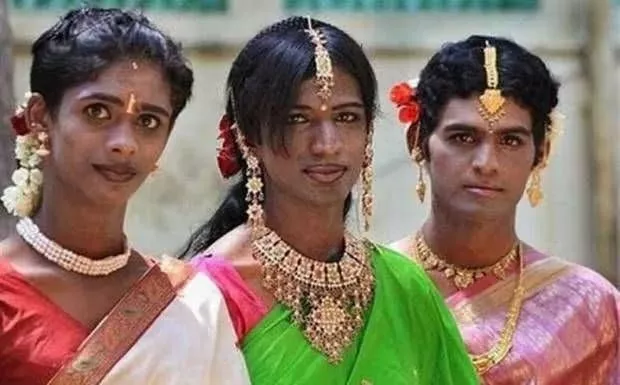
Hijras are typically born male but take on female roles and identities. They have distinct cultural and social roles, often performing blessings at weddings and births. Despite their historical significance, Hijras face significant social stigma and discrimination today.
2. Two-Spirit people of North America
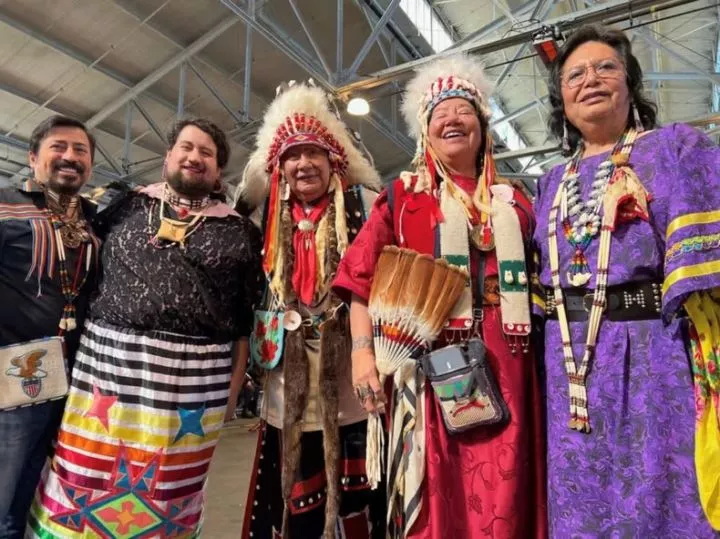
Among many Indigenous cultures in North America, the term "Two-Spirit" is used to describe individuals who embody both masculine and feminine qualities. Two-Spirit people were traditionally revered as healers, caretakers, and spiritual leaders within their communities. The term is a modern pan-Indigenous concept that encompasses various gender identities that existed in pre-colonial times.
3. Muxe of Mexico
In the Zapotec culture of Oaxaca, Mexico, Muxes are considered a third gender. Muxes can be male at birth but take on roles and appearances that are traditionally associated with women.
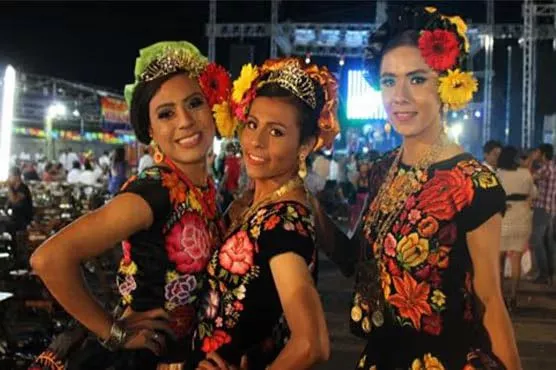
They are respected members of their communities and often participate in special festivals, such as the annual "Vela de las Intrepidas" celebration. The recognition of Muxes highlights the Zapotec's inclusive approach to gender diversity.
4. Fa'afafine of Samoa
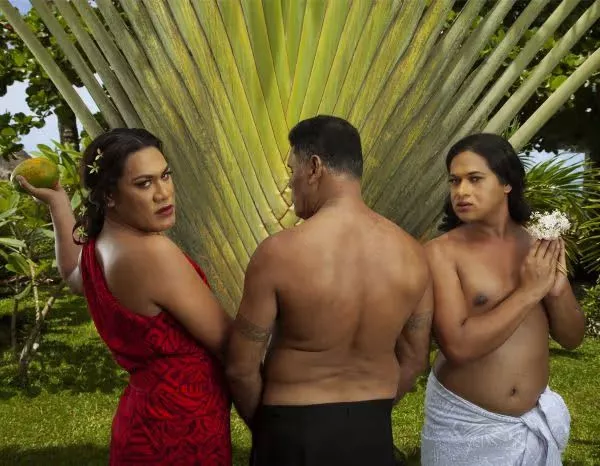
In Samoan culture, Fa'afafine are individuals who are assigned male at birth but embody both male and female traits. The term "Fa'afafine" translates to "in the manner of a woman." Fa'afafine are fully integrated into Samoan society and often take on roles as caregivers and educators. They are not considered transgender but rather a distinct gender category that has existed for centuries.
5. Bissu of Indonesia
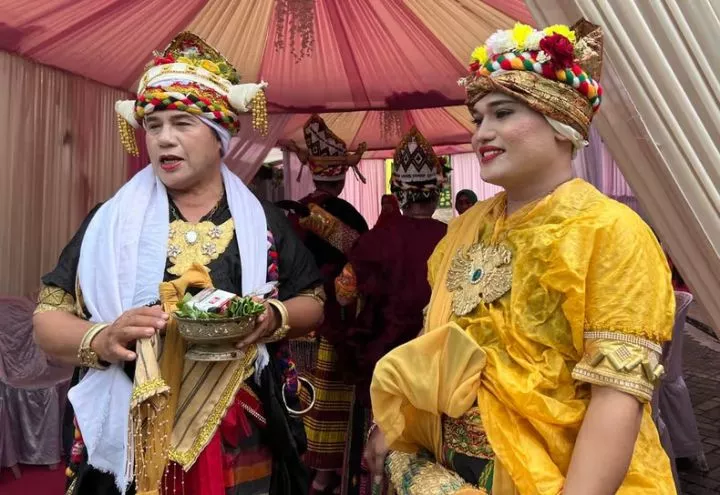
The Bugis people of Indonesia recognise five genders, including the Bissu, who are considered a combination of all genders. Bissus are often seen as spiritual leaders and shamans, playing a vital role in their communities. They embody both male and female qualities and are believed to possess unique spiritual powers. The Bissu's existence underscores the Bugis' complex understanding of gender as a fluid and multifaceted concept.
These examples from South Asia, North America, Mexico, Samoa, and Indonesia show that gender is not a one-size-fits-all concept but a spectrum that varies across societies.

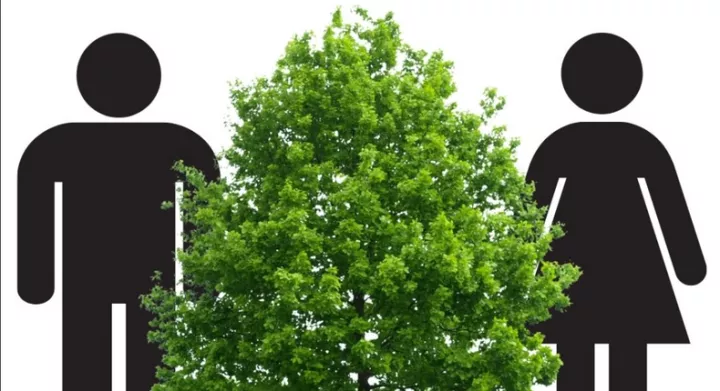

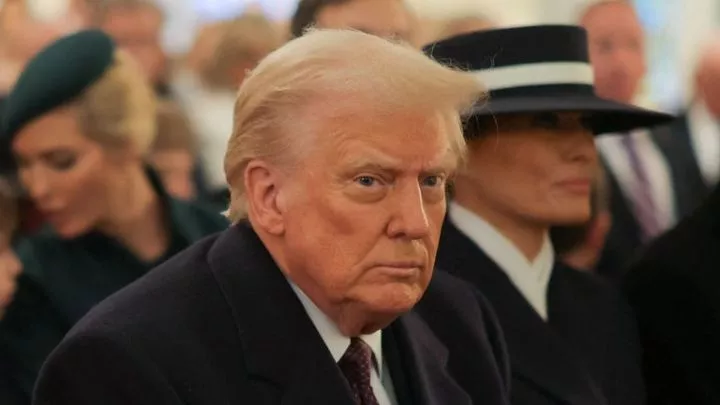
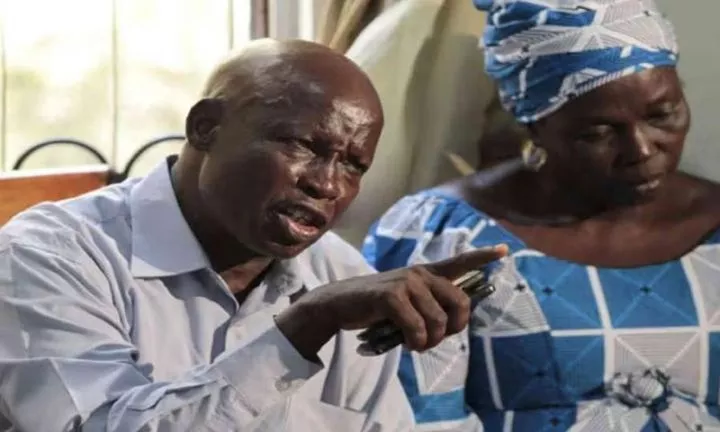

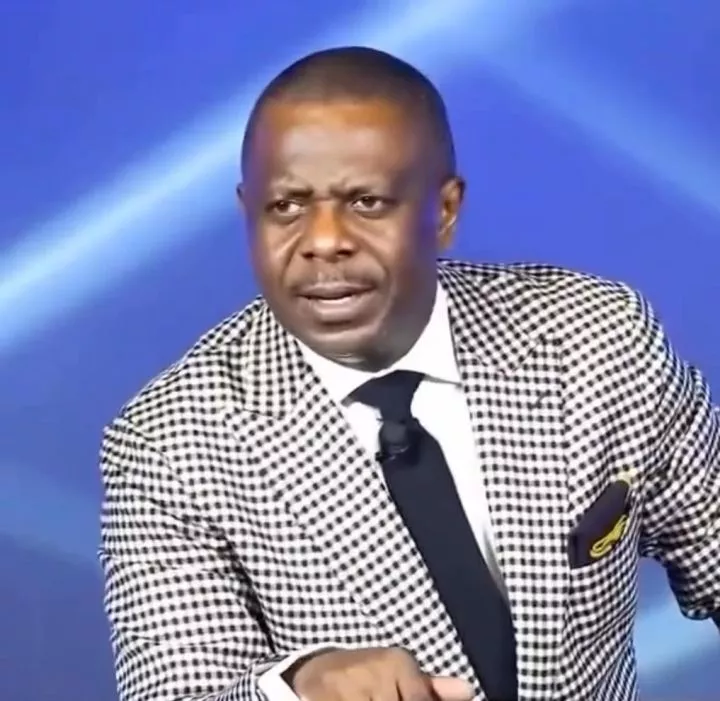
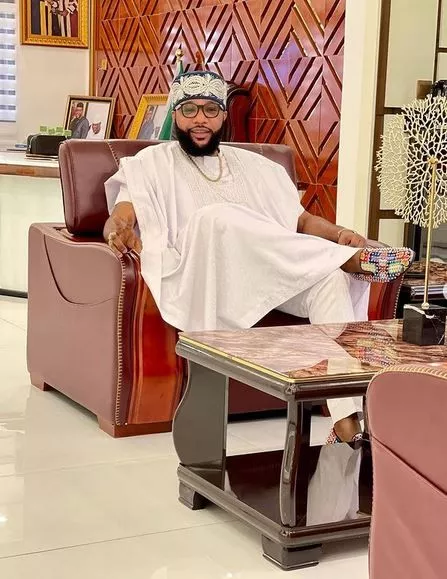
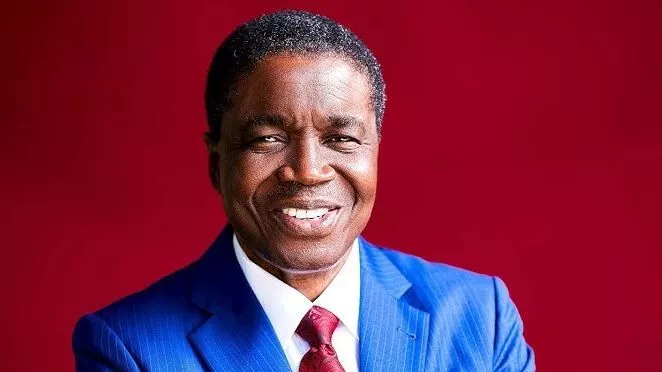
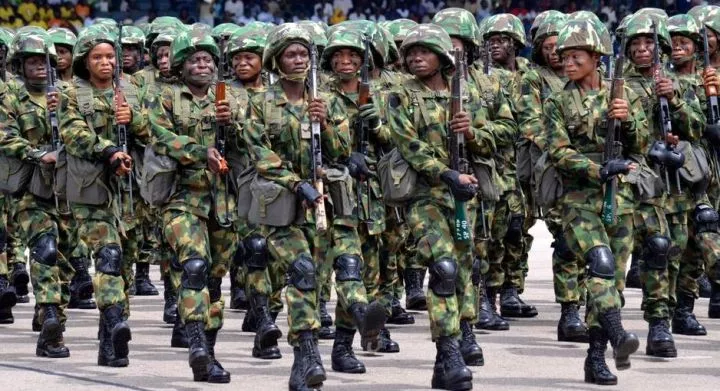

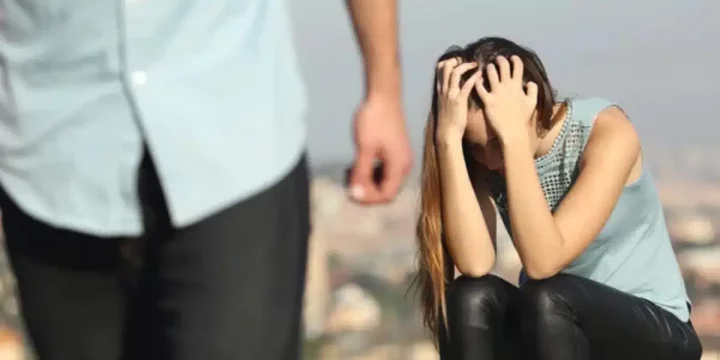

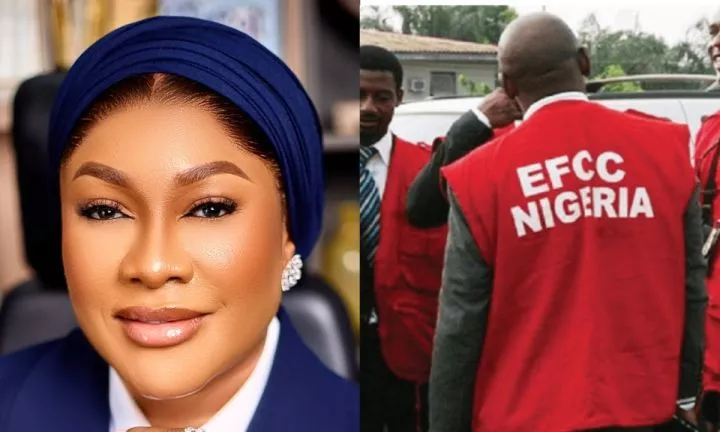



Comments